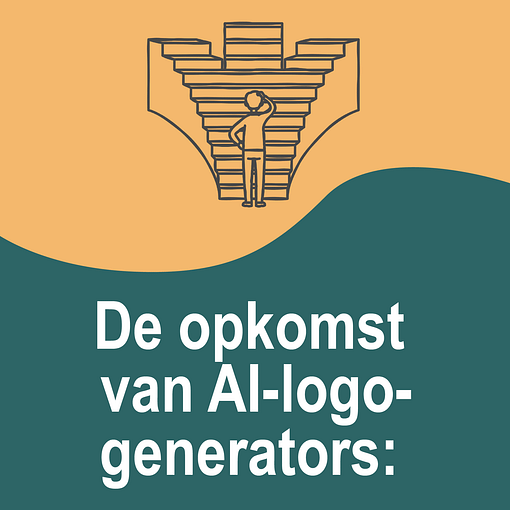The rise of artificial intelligence (AI) in the visual world has completely changed the way we create and edit images. From generating realistic faces and landscapes to creating abstract artwork, AI images offer unprecedented possibilities for both professionals and hobbyists. But as with every technological advancement, there are both advantages and disadvantages. In this blog post, we will discuss the key advantages and disadvantages of AI images and the impact this technology is having on various industries.
Benefits of AI images
1. Efficiency and time savings
One of the most obvious advantages of AI images is the enormous time savings it offers. Where a graphic designer might spend hours or even days creating an image, AI can generate an image that meets specific criteria in seconds. Consider AI tools like DALL·E and Midjourney, for example, which allow users to simply enter text commands and receive detailed, original images in return.
For companies, this could revolutionize how they produce content for marketing campaigns, websites, or product presentations. Instead of going through lengthy creative processes involving photographers, designers, and rounds of revisions, AI can quickly visualize concepts that can be adjusted as needed.
2. Creativity without limits
AI breaks through the traditional limitations of creativity. Because AI algorithms can learn from millions of different artworks, styles, and photos, they can create images that go beyond what human artists can imagine. This makes AI a powerful tool not only for artists who want to expand their creativity, but also for people without artistic skills who are now able to express complex visual ideas.
Imagine always having a fantastic idea for a painting, but never the technical skills to realize it. With AI, that's no longer a problem. You can describe your idea, and the AI does the rest.
3. Accessibility
AI has significantly lowered the barrier to entry for creating visual work. Previously, extensive knowledge of graphics software and years of experience were required to create impressive images. Now, almost anyone with access to AI image generation tools can create visual art. This makes art and design more accessible to a wider audience and democratizes the creation of visual media.
In addition, AI enables small businesses, startups, and individual entrepreneurs to produce high-quality images without having to invest a large budget in designers or expensive software.
4. Innovation in various sectors
AI images offer benefits not only for the art and design sector but also have an impact on other industries. In the fashion world, for example, AI images can be used to simulate new clothing designs before they are produced. In architecture, AI-generated visualizations can help architects quickly explore different concepts without lengthy design processes. Even in the medical field, AI images are used to analyze and interpret complex data, such as X-rays and MRI scans.
Disadvantages of AI images
1. Loss of authenticity and creativity
While AI can boost creativity, it can also pose a threat to the authenticity of art. AI creates images based on existing data, meaning that AI's "creativity" is always based on the work of others. This raises questions about the originality of AI images and whether they can even be considered true art.
Furthermore, the ease with which AI images are generated could lead to a diminished value of human creativity. Where artists used to spend years perfecting their techniques, AI can achieve the same results in a fraction of the time. This could lead to a devaluation of art and design, with people less appreciative of the work that human artists put into their creations.
2. Ethics and copyright issues
Another major drawback of AI images is the ethical and legal issues surrounding copyright. AI models are trained on vast amounts of images, many of which are used without the original creators' permission. This raises the question of whether the resulting AI images are actually owned by the users, or whether the original artists should have any rights to them.
This problem is becoming increasingly pressing as AI models evolve and produce more sophisticated and accurate images. Some artists have already taken legal action against companies that use their work without permission to train AI algorithms.
3. Possible job losses in creative sectors
While AI image generation tools can enhance individual creativity, they also pose a threat to certain professions within the creative industry. Graphic designers, illustrators, and photographers could all feel the impact of AI, especially if companies decide to deploy AI tools instead of hiring human talent.
While there will always be a need for human creativity and craftsmanship, routine tasks like creating simple illustrations or designs can increasingly be taken over by AI. This can be especially hard on small independent designers, as AI tools can quickly compete on price and speed.
4. Risk of abuse
As with many new technologies, AI images also pose a risk of misuse. AI can be used to create deepfakes, where people's faces are superimposed onto other people's bodies to create misleading or even harmful images. This can lead to identity theft, the spread of false information, and other forms of cybercrime.
Furthermore, AI images can be used to circumvent copyright or to cheaply create content for deceptive or illegal purposes, such as fake news or scams. This necessitates the development of rules and guidelines for the responsible use of AI in the visual world.
AI images offer countless opportunities and benefits for both the creative industries and other sectors. It allows artists to expand their work and explore new boundaries, while giving companies the opportunity to produce high-quality visuals faster and more efficiently. At the same time, it raises questions about the authenticity of art, copyright protection, and the impact on the labor market.
The future of AI images will depend on how we embrace and regulate this technology. As with any technological advancement, we must balance the benefits and risks to ensure AI images are used ethically and responsibly.




